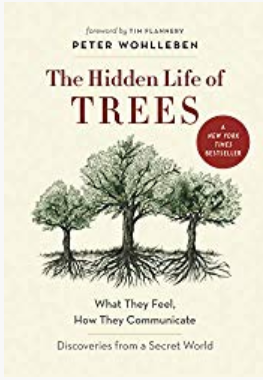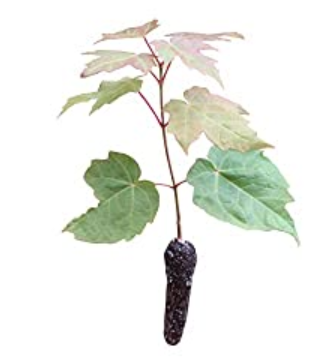Planting a tree is a simple act that has a big impact. However, before you get dirty, there are some tree-planting tips you’re going to want to know! Whether it be Earth Day, Arbor Day, National Tree Day, or an ordinary day there is always a reason to plant a tree. Let’s learn some must-do tree planting tips along with some tree terminology you must know!
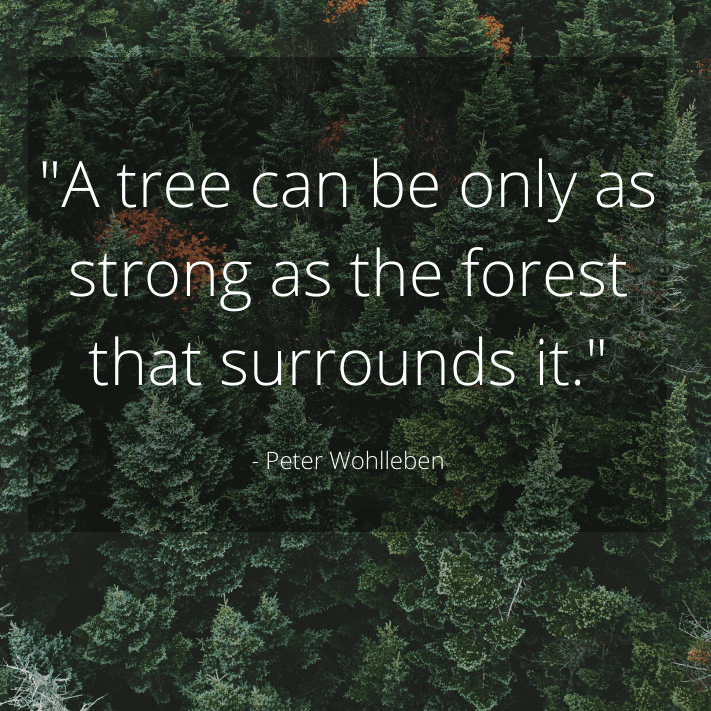
With global warming on the rise, there IS something we can do about it. Plant more trees! Trees gobble up all those bad emissions, they actually filter the air. They also help clean our water and provide so much for us to survive and thrive. Did you know that trees can help reduce stress and bring happiness? Whaaat? Yes! This post is going to be a game-changer for you and your family. Learn some amazing tree facts, get wiser with tree terminology, and understand these 4 tips on planting trees that everyone else forgets!
More than just a tree
My childhood was surrounded by trees. That’s probably why I love them so much. They were my friends when I didn’t have anyone to play with, they were my listeners when no one else would listen, and they were my entertainment when I didn’t want to watch TV.
No, I’m not a major tree-hugger. But I do my part. In fact, on my vision board, I have a ‘tree farm’. About five years ago I started my little tree farm in our backyard. I bought pots, dirt, and saplings of Blue Spruce, Douglas Fir, White Pine, Sugar Maples, and Burr Oak. There has been so much joy in watching are caring for my tree babies. And I’m happy to say they are all now in their forever homes. Note: I did this on less than an acre, so if you have any kind of space, you can do this too!
A nation that destroys its soils destroys itself. Forests are the lungs of our land, purifying the air and giving fresh strength to our people.
Franklin D. Roosevelt

A few tree facts & benefits
Trees have many benefits, they reduce air pollution, enrich habitats, bring beauty to the eye, shelter us, provide food, provide material, and comfort us in many ways. The book, The Hidden Life of Trees by Peter Wohlleben, is a must-have! Did you know trees communicate with others through their root system? That they ‘scream’ when they need water? Even if you don’t have an interest in trees, you will after you read this book!
There are about 3 to 6 billion trees cut down globally per year. That’s a lot of trees! No wonder our atmosphere is so polluted. Mahatma Gandhi has a valid point, “What we are doing to the forests of the world is but a mirror reflection of what we are doing to ourselves and to one another.” Again, if you asked me what would reverse global warming, let alone our well-being, I’d say to plant trees! This is such a simple task with huge rewards. And it’s incredibly EASY!
Nature heals us in many ways, not just by providing medicines, but by other means that are unexplainable. What is it about walking through a forest or a path lined with trees? Trees reduce stress and lift our spirits. It’s amazing how something so simple has so much power. Prepare yourself for the outdoors with these amazing nature quotes.
Tree terminology: Get to know the lingo
When talking about trees there are a few words you might want to familiarize yourself with. Here are the most common terms you’ll run into; ‘thank you, to the State of Maine’ for this reference.
- Conifer: Cone-bearing trees; the “evergreens”. I get this messed up with Deciduous all the time!
- Crown [of the tree]: Branches, twigs, buds, leaves, flowers, and fruit. This is the big part on top.
- Deciduous [leaves]: All leaves drop in the autumn; not evergreen. Think of ‘dead’, as in dead leaves, to remember this one.
- Fruit: The seed-bearing part of a tree
- Habitat: The place where a plant usually grows, for example, dry, wet, rocky.
- Hardwood: Term used to describe all broadleaved trees. These tree species are deciduous, retaining their leaves only one growing season.
- Inner bark: Conducts usable food from the leaves to the cambium (tree cells) to nourish it or to storage areas in the wood.
- Leaf: Stalk and blade of hardwoods: needles and scales of conifers.
- Leaflets: Smaller leaf units or leaflets that together form a compound leaf.
- Outer bark: The area of the tree trunk composed of dead cells. It insulates and protects inner tissues from disease infections and drying.
- Photosynthesis: This is the process that occurs in the leaves. From energy produced by sunlight, the leaves combine carbon dioxide from the air and water from the soil to produce carbohydrates. Oxygen is released in the process. Carbohydrates plus fats and proteins are the plant foods necessary for the growth and respiration of the tree.
- Roots: Root hairs absorb water and mineral salts from the soil. Larger roots anchor the tree and store nitrogen and carbohydrates.
- Softwood: Term used to describe all needle-leaved trees. These species are typically evergreen, retaining their leaves through two or more growing seasons.
- Trunk: The main body of the tree.
Source: maine.gov/dacf/mfs/projects/fall_foliage/kids/glossary.html
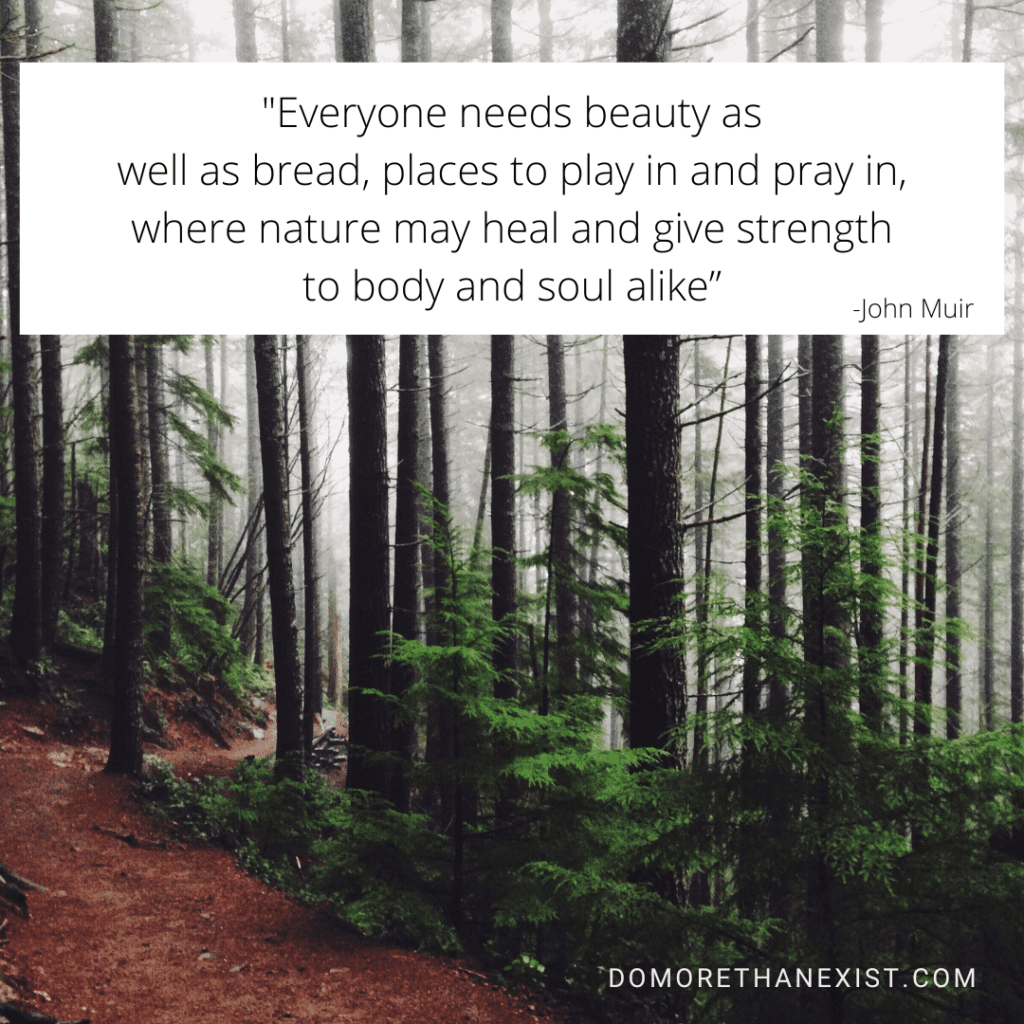
4 planting tree tips others forget to do
1. Give it significance
Plant a tree to represent an important time in your life. You’ll take better care of it knowing there is symbolism behind it. I’ve been known to give my trees a fun name, like Bruce the Spruce, my son named our freshly planted Sugar Maple, Kevin. When I had my tree farm, I named every tree…silly sounding, but people loved it!
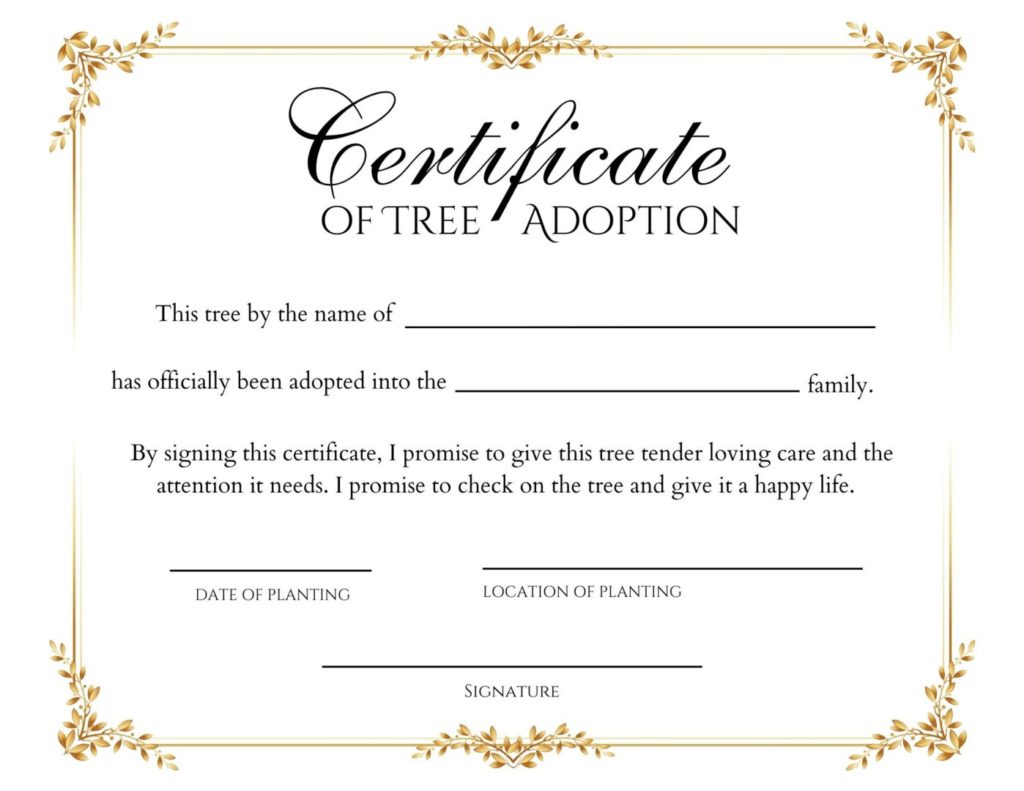
2. Planting tree tips: Plant properly
When planting a tree in the ground, make sure to dig a wide hole and only as deep as the pot. Carefully remove the tree from the pot and spread out the roots. We want to try and save the dirt it is used to and gradually introduce the new dirt. Carefully fill in the hole with dirt and then put a 2-inch layer of mulch surrounding the tree. Water the tree every day for two weeks. And wrap the trunk in the cold winter months to protect it from sunscald and rodents. Do this until it’s big enough to thrive on its own, probably when the trunk is at a 4-5 inch diameter.

3. Get a tree
Don’t know where to get a tree? Try a local nursery and opt for native trees, trees that thrive in their environment. For instance, White Spruce is a native tree to Michigan, but Blue Spruce is native to Colorado. Your local conservation office should have trees to buy. You can also get a tree on Amazon! Seriously, you can get a Sugar Maple and many other types of trees.
4. Check out Arbor Day Foundation
Go to the Arbor Day Foundation for more facts and information about trees. If you need to purchase some trees, they can handle that too. You can donate and they’ll send you free trees as a thank you. They have loads of information in caring for your tree along with more planting tree tips.
Don’t have a place to plant? No problem. The Arbor Day Foundation is happy to accept donations, they will then plant trees where they are desperately needed. Please note, that I do not work for Arbor Day Foundation nor get monetary benefits from mentioning them, I simply am a supporter helping to spread the word. They are the experts.
Trees are the best monuments that a man can erect to his own memory. They speak his praises without flattery, and they are blessings to children yet unborn.
Lord Orrery, 1749
Wrapping up planting tree tips
Don’t be afraid to plant a tree. With too many forest fires to count, plant as many trees as you can either by donation or by getting your hands dirty. Let’s make the world a better place for ourselves and future generations. Make Earth Day every day in some way or form. Don’t forget to get your tree printable for your kids! It’s super fun and educational. Thank you!
Before you go, check out these other great posts
How to Make Camping More Comfortable: 7 Critical Tips
Kid Activities at Home: 10 Things You Can Do Right Now
7 Firefly Facts and How to Care for Fireflies

